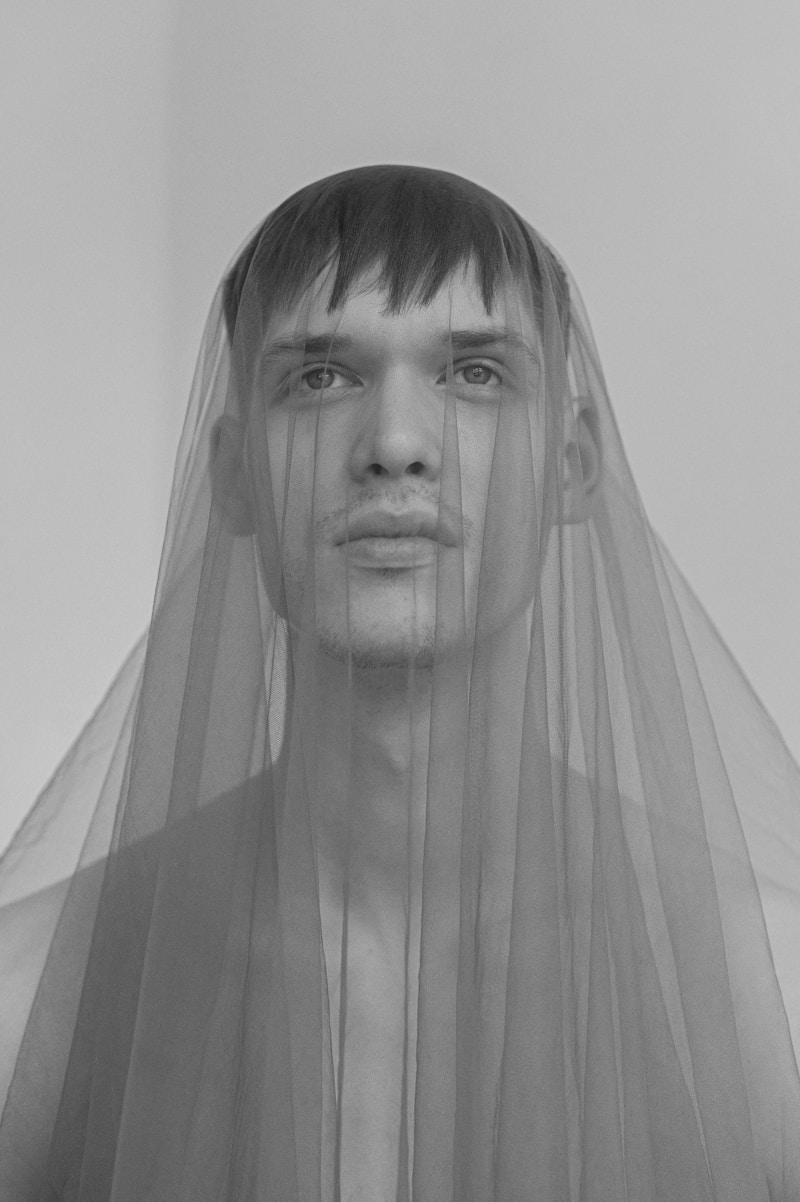The History of Wedding Veils: A Timeless Tradition
Introduction to Wedding Veils
Throughout history, wedding veils have been a symbol of mystery, purity, and elegance. As one of the oldest traditions in wedding attire, the veil often plays a crucial role in the ceremony. This article explores the history of wedding veils, their significance across different cultures, styles, and how they have evolved over the years.
The Origins of Wedding Veils
The history of wedding veils can be traced back to ancient civilizations. The earliest known use of a veil dates back to the Roman Empire, where brides wore a colorful veil called a flammeum that covered their heads and faces. This veil was intended to protect the bride from evil spirits and bad luck.
Ancient Civilizations
In many ancient cultures, women wore veils as a sign of modesty and social status. For instance, the Jewish tradition also embraces the use of a veil, seen in the custom of the Kiddushin, where the bride's face is covered during the ceremony. Similarly, in ancient Greek weddings, brides wore a veil called a kallara, symbolizing a transition to womanhood.
Evolution of Wedding Veils Through the Ages
As societies evolved, so did the styles and meanings of wedding veils. The Middle Ages saw brides wearing longer veils, signifying their innocence and purity. In this period, the color white became associated with weddings, and veils took on a more symbolic role in the marriage ceremony.
| Period | Veil Style | Symbolism |
| Ancient Rome | Flammeum | Protection from evil |
| Middle Ages | Long flowing veils | Innocence and purity |
| Victorian Era | Catherine de Braganza's veil | Royalty and status |
The Victorian Influence
The Victorian era significantly impacted the fashion and styles of wedding veils. Queen Victoria's wedding to Prince Albert in 1840 popularized the white wedding dress alongside a delicate veil. This period saw veils adorned with lace and embellishments, often designed to complement the bride's gown.
Cultural Significance of Wedding Veils
Different cultures have unique interpretations and styles associated with wedding veils. In Indian weddings, for instance, the Dupatta is draped over the bride's head, symbolizing her modesty and grace. In other cultures, veils may represent a transition or blessing, imparting the hopes and wishes of family and community.
Modern Interpretations
In contemporary weddings, brides have the liberty to choose veils that resonate with their personal style. From classic to bohemian, the options are vast, including birdcage veils, cathedral-length veils, and minimalist pieces. Additionally, modern brides might opt for no veil at all, choosing to express their individuality in other ways.
The Symbolism Behind Wedding Veils
Beyond their aesthetic appeal, wedding veils carry deep symbolism. Traditionally, they signify the bride's purity and virtue. As they cover the bride's face, it represents modesty and the transition into marital life. This idea of transitioning reflects the broader theme of transformation—both self and social—when entering a new phase in life.

Making the Right Choice
When selecting a wedding veil, it’s essential to consider various factors. The length, fabric, and embellishments contribute to the overall look and feel of the wedding attire. Here are some suggestions for choosing the perfect veil:
- Length: Consider the style of your dress. Longer veils add drama, while shorter styles can be more playful.
- Fabric: Lace, tulle, and silk are popular choices. Choose one that complements your gown’s material.
- Embellishments: Decide whether you want a simple design or something adorned with pearls or sequins.
- Comfort: Ensure the veil is comfortable enough to wear throughout the ceremony and reception.
Conclusion
In summary, the history of wedding veils is rich with meaning and tradition. They have transcended time, adapting to cultural shifts while retaining their core significance as symbols of love, purity, and transition. Whether you opt for a traditional style or a modern twist, the choice of a wedding veil can enhance the special day, creating lasting memories and embodying personal expression. Remember to keep in mind your personal style and comfort when selecting a veil to ensure it complements your wedding day vision.
As you plan your wedding, take the time to explore the various styles and histories behind wedding veils. Whether you choose to embrace tradition or carve your own unique path, the veil remains a timeless accessory that connects brides to history and enhances the beauty of their journey into matrimony.